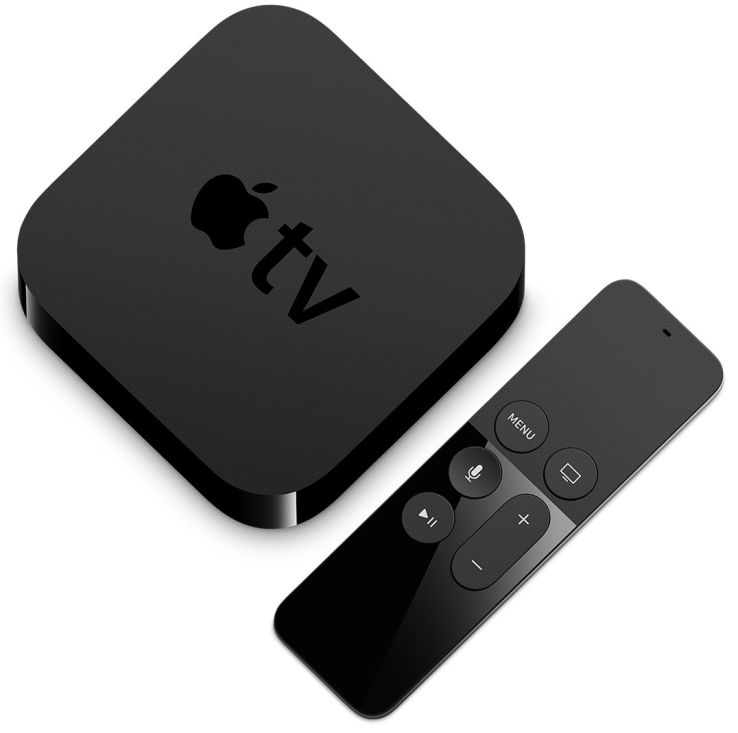
As promised by Apple CEO Tim Cook last week, pre-orders for the new Apple TV have begun today. The new device, which is the first to feature an App Store for third-party applications and games, as well as a new touched-based remote, and Siri integration, is available in two different storage capacities. The 32 GB Apple TV is $149, while the larger 64 GB version is $199. The first orders will begin shipping on October 30th.
This fourth-generation Apple TV is available for order in 80 countries, though Siri support will be limited to around a dozen.
Included in the box are the Apple TV and remote, as well as a lightning-to-USB cable and power cord. Apple is also selling additional Siri remotes for $79 and extra “Remote Loops” (aka wrist straps) for $12.99. AppleCare coverage for the new hardware is $29.
The remote control is one of the device’s more interesting features, as it lets you do things like fast-forward and rewind by pressing on the touch-sensitive trackpad. And you can also move it around to control games, thanks to an included accelerometer and gyroscope. For more serious gamers, the new Apple TV also supports MFi-based third-party controllers.
That addition, alongside the long-anticipated Apple TV App Store should make Apple’s streaming media player more competitive with others on the market, including Amazon’s Fire TV, Android TV, Roku and others.
On the software side, the Siri support paves the way for features like universal search by voice. That means you can search for titles using more natural language queries, like “Show me movies with [a favorite actor’s name],” e.g. the Apple TV can return results from the iTunes App Store and Apple Music Library, in addition to online services like Netflix, Hulu or HBO.
The hardware itself is also more powerful, as it includes the A8 processor – the same one that ships in the iPhone 6 and iPhone 6 Plus. Though not the same one that comes with newer iPhones (the 6s and 6s Plus), it’s still a big upgrade over previous generations. It additionally offers support for H.264 video up to 1080p at 60 frames per second, plus 802.11ac Wi‑Fi, Ethernet and Bluetooth 4.0.With a growing number of streaming services, universal search is now a must-have feature for any streaming media / connected TV player today – and one that Apple TV competitors, as well as DVR makers like TiVo, have offered for some time.
Though the fourth-gen Apple TV is now available, Apple hasn’t yet phased out the older model. The third-generation device is still for sale, too, at $69.00.

Comments
Post a Comment